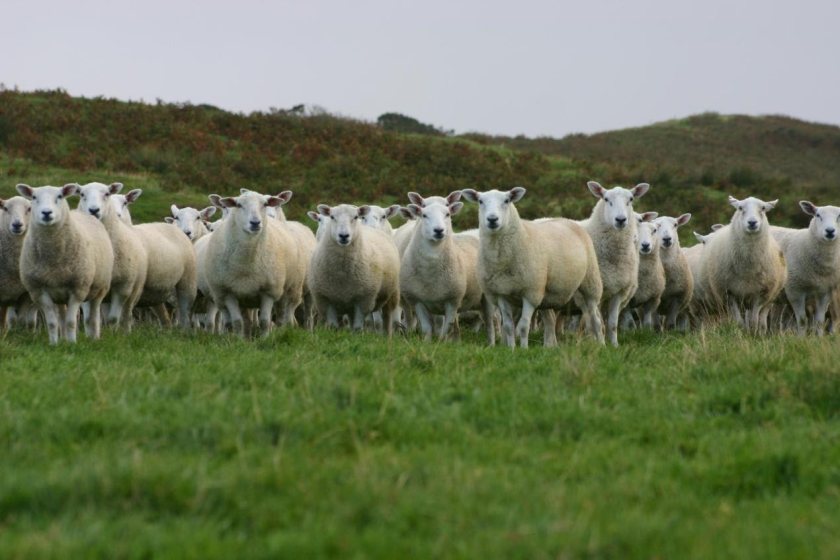
'Lamb Bank' has been launched as part of an ambitious move to supply free lamb to as many Scottish schools as possible during St Andrew’s week.
The Institute of Auctioneers and Appraisers in Scotland (IAAS) has launched scheme, allowing farmers to sell sheep via IAAS marts to donate lambs for the initiative.
The funds from sheep being sold via the marts and donated to the Lamb Bank will be used to supply lamb to Scottish schools during the week of 30 November.
Neil Wilson, IAAS executive director said: “The idea of donating lambs for schools was started by IAAS in 2020, when Scottish marts donated over 50 lambs to promote the Lamb for St Andrew’s Day campaign."
Over the past 10 years there has been a drive from the red meat sector, led by livestock auctioneers, Quality Meat Scotland and butchers, to make lamb synonymous with St Andrew’s Day, just as turkey is for Christmas.
“For over 1,000 years the Scots have celebrated by feasting and it seems fitting that our modern-day feasts should be celebrating not only our patron saint, but also this iconic Scottish meat,” Mr Wilson added.
“The original Lamb for St Andrew’s Day idea came from George Purves and Willie Mitchell as part of the Scottish Enterprise Rural Leadership Programme.”
Last year, 11,600 home economics pupils from 115 Scottish schools signed up to participate in cooking lamb for St Andrew’s Day.
And during the last decade, over 1,500 farming families and their friends have organised social events to celebrate and feast on Scotch Lamb.
“Between now and 30 November, farmers selling lambs through Scotland’s marts can opt to donate sheep for the Lamb Bank, all they need to do is to let auctioneers know when they book stock in for sale,” John Thomson of C & D Marts added.
“We’d like to get lamb into at least one school in every town and every rural school in Scotland, but preferably more than that, if the industry is behind us.”
